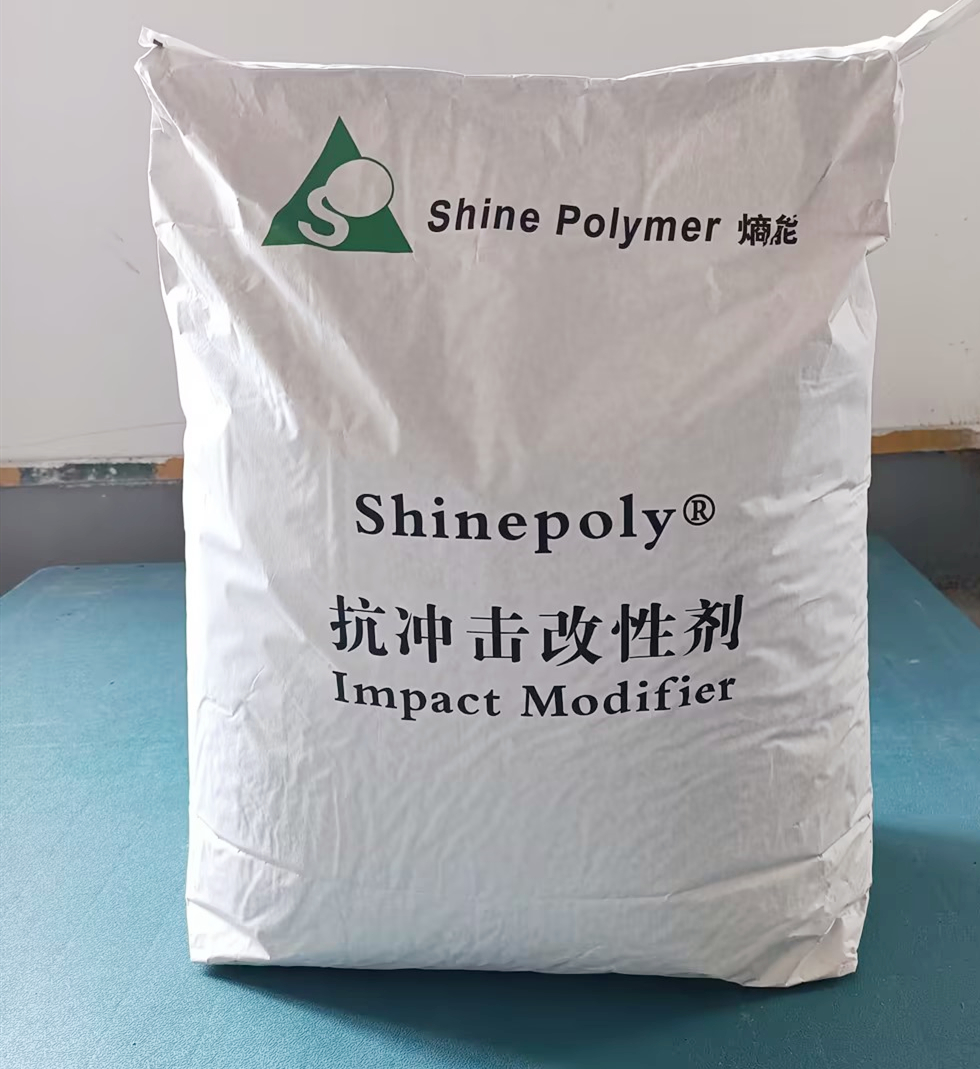Understanding Acrylic Impact Modifiers
Acrylic impact modifiers are crucial additives that enhance the toughness and durability of polymer products. Primarily used in the plastics industry, these modifiers improve impact resistance without compromising the clarity of materials. Their functionality is vital in producing high-performance items that require both strength and visual appeal. For instance, when used in PVC, acrylic impact modifier enables manufacturers to create flexible yet robust products for various applications, such as window frames, pipes, and fittings. This combination of properties makes them an indispensable component in modern manufacturing.

Real-World Applications
In practical scenarios, the advantages of acrylic impact modifiers become evident through products used in everyday life. Take, for example, the automotive industry, where materials must withstand extreme conditions. By incorporating acrylic impact modifiers in their production processes, manufacturers can create automotive interior components that endure wear and tear while retaining their aesthetic qualities. Furthermore, in consumer electronics, these modifiers help in ensuring that devices are both lightweight and resilient, catering to the increasing demand for durable yet appealing products in a competitive marketplace.
The Function of ACR Processing Aid
The significance of ACR processing aid in the production of various polymer formulations cannot be overstated. This additive assists in the processing of materials by improving flow characteristics during manufacturing. By effectively lowering the melt viscosity, ACR processing aid allows for smoother and more efficient processing, especially in complex moulding processes. For instance, when producing intricate designs for packaging or automotive parts, the inclusion of ACR processing aid ensures that these products can be manufactured at a higher speed while minimizing defects.

Enhanced Processing Efficiency
Furthermore, the incorporation of ACR processing aid significantly enhances the thermal and mechanical properties of the final product. This means that not only can manufacturers achieve better efficiency during production, but they can also ensure that the end products exhibit superior quality and performance. For example, in the production of high-stress components such as gears or housings, using ACR processing aid can lead to a notable reduction in waste and an increase in customer satisfaction due to the reliability of the products. This material has become synonymous with modern manufacturing practices aiming for sustainability and efficiency.
Conclusion
In conclusion, acrylic impact modifiers and ACR processing aids play pivotal roles in the manufacturing landscape. Their ability to enhance the performance and durability of products makes them essential for innovative industries. For manufacturers looking to incorporate high-quality acrylic impact modifiers, Shine Polymer stands out as a preeminent supplier, offering advanced solutions that cater to varied industrial needs. With their commitment to quality and consistency, Shine Polymer ensures that businesses can meet the rising demands of the market efficiently and effectively.